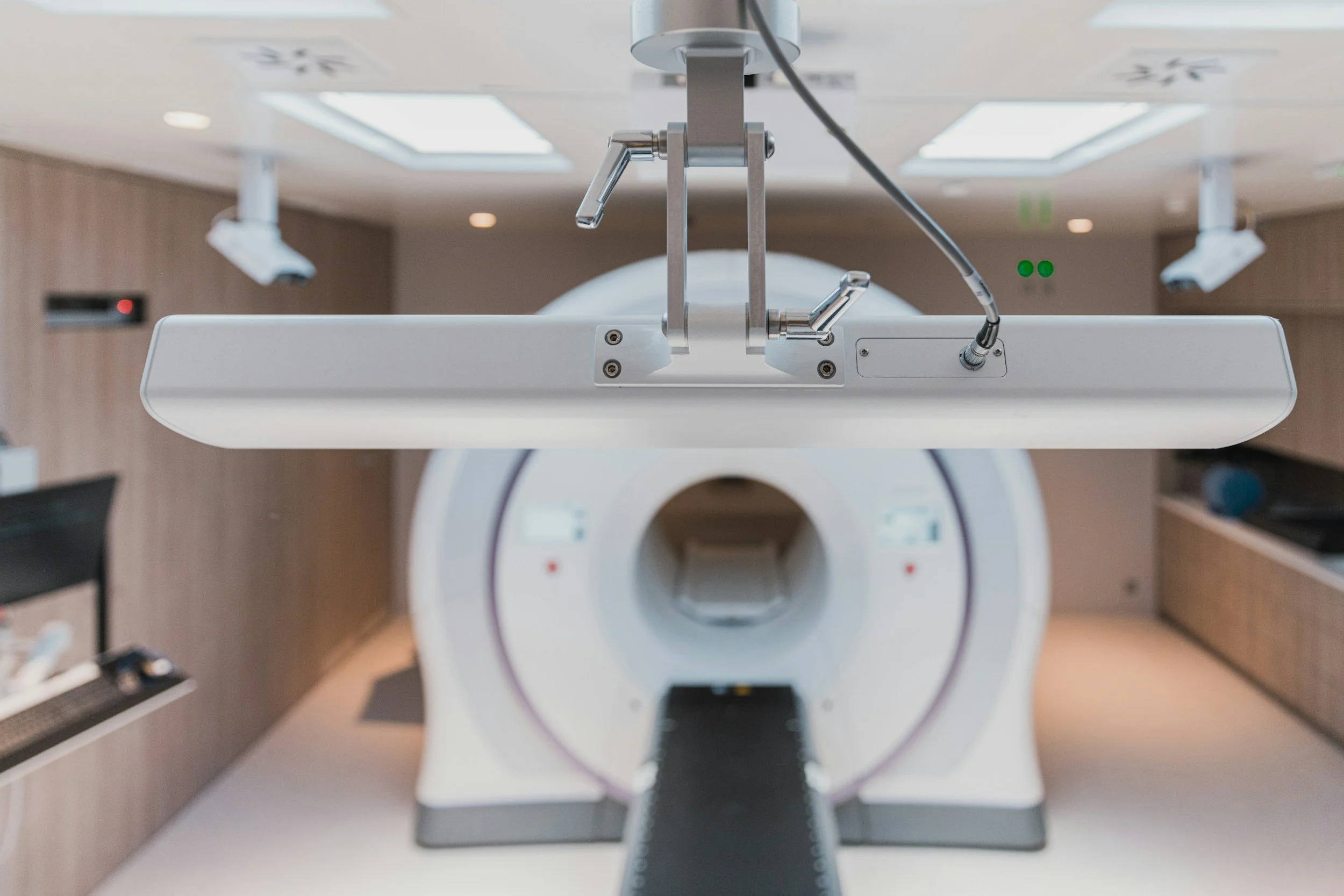Cancer Prevention: My Personal Protocol
Cancer is one of the leading causes of death worldwide. While genetic factors do play a role, lifestyle choices have a significant influence on cancer risk. I’ve taken a proactive approach to prevent cancer, incorporating early detection, biomarker testing, and smart lifestyle changes to minimize my risk.
Why Cancer Prevention Matters
Cancer doesn’t just result from genetics; environmental factors and lifestyle choices also contribute to its development. Early detection can greatly improve outcomes, and lifestyle changes can significantly reduce risk. Prevention is a key part of my longevity strategy, and here's how I approach it.
My Cancer Prevention Protocol
To effectively prevent cancer, I use a comprehensive, personalized approach. Here’s how I minimize my cancer risk:
1. Regular Screening and
Early Detection
Screening is vital to catch cancer early, which is crucial for successful treatment. I go beyond standard tests to ensure a thorough approach:
Full Body MRI: Every few years, I get a full-body MRI to detect cancers that might otherwise go unnoticed.
Galleri Test (Liquid Biopsy): I undergo a blood test every couple of years to screen for cell-free DNA, which helps detect various types of cancer.
Cologuard: I alternate between using Cologuard and a colonoscopy for colon cancer monitoring.
Standard Screenings: I also keep up with routine screenings like colonoscopies, PSA tests (prostate), mammograms, breast MRIs, ultrasounds, and regular skin checks.
2. Biomarker Testing
Certain biomarkers can help spot cancer early and guide prevention efforts. I track the following:
CRP (C-Reactive Protein): I monitor my inflammation levels, as high inflammation is a known cancer risk factor.
A1C: Quarterly tests help me keep blood sugar levels in check, which lowers cancer risk.
Vitamin D Levels: Regular vitamin D testing is essential since low levels have been linked to higher cancer risk.
Genetic Testing: I undergo tests like the BRCA screening to understand my genetic predispositions and personalize my prevention strategy.
3. Lifestyle Changes to
Lower Cancer Risk
Incorporating healthy habits is one of the most effective ways to lower cancer risk. These are the key lifestyle choices I prioritize:
Limit Processed Foods and Sugars: I focus on eating whole, unprocessed foods to reduce inflammation, a major cancer risk factor.
Maintain Healthy Body Composition: I aim for less than 1 lb of visceral fat, ideally 0.5 lbs or less, to reduce my cancer risk.
Avoid Vices: I don’t smoke and limit alcohol to about one drink per month.
Exercise Regularly: I work out five days a week, combining strength training and cardio to stay fit and reduce cancer risk.
Takeaways for You
Prioritize Early Detection: Make sure to regularly screen for cancer through full-body MRIs, genetic tests, and other key screenings.
Track Key Biomarkers: Regular testing of inflammation, blood sugar, vitamin D, and genetic markers helps you better understand your cancer risk.
Adopt Cancer-Protective Habits: A healthy lifestyle—minimizing processed foods, managing body composition, staying active, and avoiding harmful substances—can significantly lower cancer risk.
Cancer prevention is about being proactive and taking control of your health. By regularly screening for early signs, testing key biomarkers, and making lifestyle changes, you can significantly lower your risk of developing cancer. These steps have become a critical part of my longevity strategy, and I encourage everyone to incorporate these practices into their own lives. Taking charge of your health today can pay off in a healthier, longer life tomorrow.




